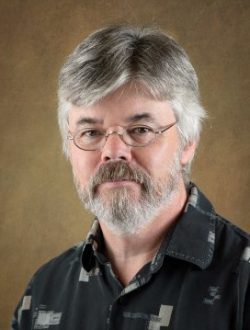Biography
Dr. John Wood earned his B.Sc. and Ph.D. degrees in Electrical and Electronic Engineering from the University of Leeds, in 1976 and 1980, respectively. He is currently owner and technical consultant with Obsidian Microwave, LLC. He was with Maxim Integrated from 2011-2015, where he responsible for RFIC system architecture and DPD developments. He was a Distinguished Member of the Technical Staff in the RF Division of Freescale Semiconductor, where he worked from 2005-2011. His areas of expertise include the development of nonlinear compact device models and behavioral models for RF power transistors and ICs, the understanding of the impact, characterization, & control using digital pre-distortion (DPD) of nonlinearities and memory effects in high-efficiency PAs. From 1997-2005 he worked in the Microwave Technology Center of Agilent Technologies, developing large-signal and bias-dependent linear FET models for mm-wave applications, and nonlinear behavioral models using LSNA measurements and nonlinear system identification techniques.
He is author or co-author of over 150 papers and articles. He is a Fellow of the IEEE, and a member of the Microwave Theory and Techniques, and Electron Devices Societies. He has been a Distinguished Microwave Lecturer for MTT Society, and has presented in-service/continuing education courses for Besser Associates and CEI-Europe.
Presentations
What's New in Digital Pre-Distortion
In cellular wireless communications systems, the RF power amplifier (PA) in the transmitter must be as efficient as possible, to minimize energy costs, to prolong battery life, and for ‘green’ considerations. Modern spectrally-efficient, digitally-modulated signals such as LTE and UMTS present a challenge for efficient RF PA design, and the PA architectures that are adopted to achieve this goal are generally very nonlinear, and so some form of linearization technique is necessary. In this lecture we shall highlight some of the challenges that are being faced nowadays in the field of linearization of PAs using digital pre-distortion (DPD). These challenges result from the demands of higher spectral efficiency digital communication signals, wider bandwidth and multi-protocol signals, higher frequency radio operation, more rapid convergence in adaptive DPD – so-called ‘real-time’ DPD, greater linearization accuracy, and being able to accommodate memory effects. We will of course also describe some techniques for meeting these challenges, and present some ideas for new directions for DPD.
